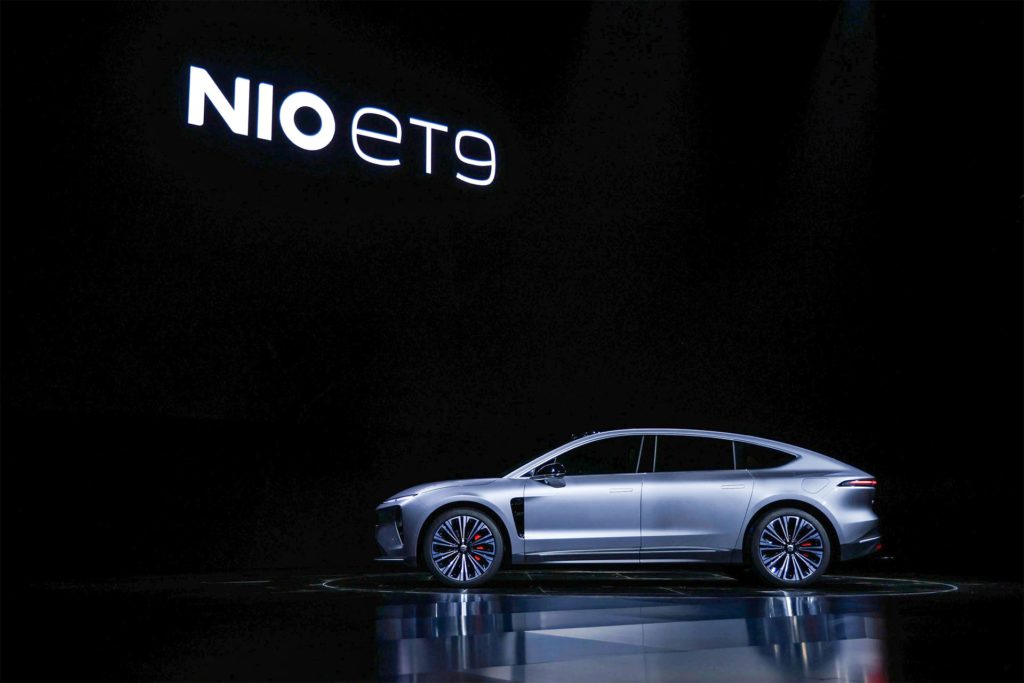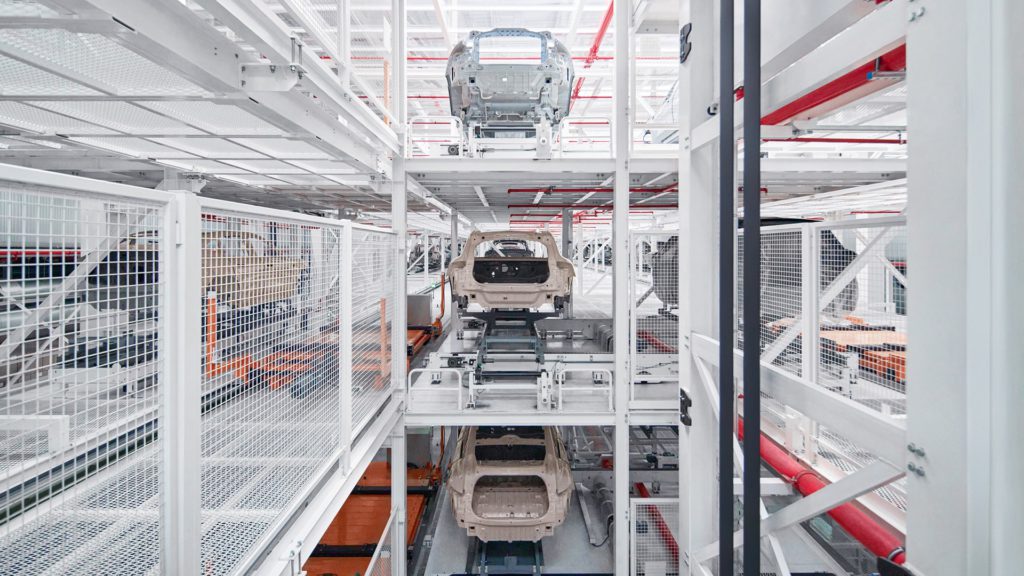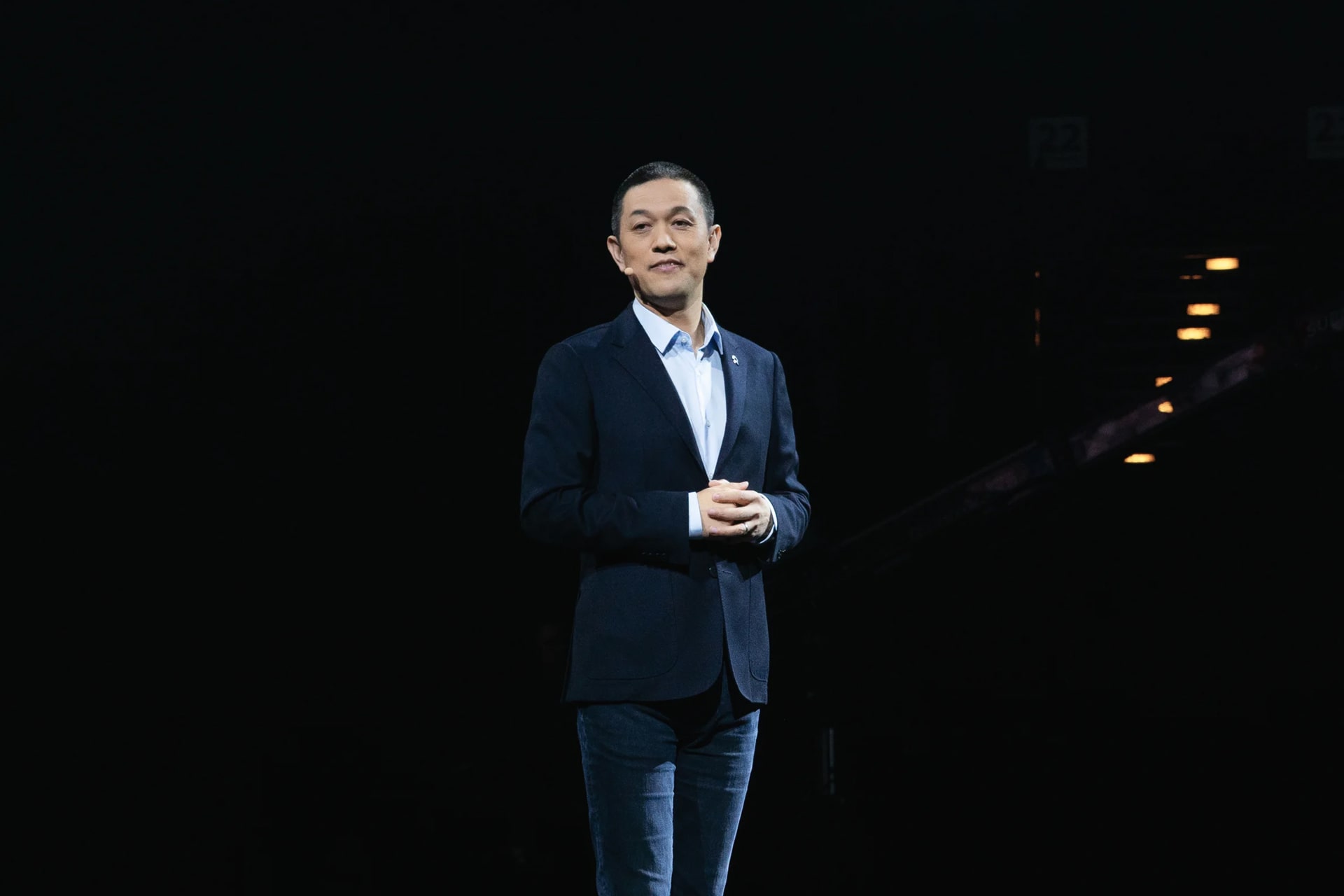With Nio’s release of its first-quarter financial report on June 6, all newly listed automakers in the US stock market have delivered their results for the first quarter of 2024. The bleakness of the current car market is reflected in their financial statements. Save for Li Auto, which maintained profitability through interest and investment income, Nio and Xpeng Motors are still in the red. Nio delivered a total of 30,053 vehicles in Q1 2024, generating revenue of RMB 9.91 billion (USD 1.3 billion). Both indicators showed a year-on-year decline from the first quarter of last year, resulting in a net loss of RMB 4.9 billion (USD 675.7 million).
Despite this, Nio still has over RMB 45 billion (USD 6.2 billion) in cash reserves, providing a cushion for the company’s immediate needs.
During the first-quarter earnings call, William Li, founder, chairman, and CEO of Nio, revealed the automaker’s upcoming plans. The first car from its third brand, codenamed Firefly, is expected to commence deliveries in the first half of 2025. Additionally, the second brand, Onvo (previously codenamed Alps), will be launching a new family-oriented SUV that is expected to outsize the L60.

Looking ahead, Nio’s main brand will have nine models next year, comprising existing models plus the upcoming ET9. All will transition to the company’s third-generation platform. With this expansion, Nio will offer 12 models across its three brands by next year, posing a substantial lineup that it hopes can compete with other industry players.
Li has set ambitious goals for the main brand: to achieve long-term monthly sales of 30,000 units with a gross margin exceeding 20%. A slightly less ambitious goal of 15% is set for the Onvo sub-brand, targeting monthly sales of 20,000–30,000 units.
While Nio has constantly been ambitious with its long-term goals, the real challenge lies in turning these into reality. The market and capital environment remain sluggish this year, and increased competition from Xiaomi and Huawei has intensified the pressure among newer automakers.

The first-quarter downturn highlights the gap between reality and ambition. Based on insights from Nio’s financial report, it’s clear there are still hurdles to overcome. This is partly reflected in R&D- and sales-related findings. In the first quarter, Nio’s R&D expenses totaled RMB 2.86 billion (USD 394.4 million), with a year-on-year decrease of 6.9% and a quarter-on-quarter decrease of 27.9%. Last year’s consolidation of core R&D projects and scaling back of secondary businesses evidently had an effect, though Nio attributed the reductions to the varying development stages of new products and technologies.
In contrast, Li Auto’s R&D expenses reached RMB 3 billion (USD 413.7 million), up 64.6% year-on-year, but it has announced significant layoffs. When performance does not meet targets, reducing expenses seems to be the only option for car companies.
The harsh reality of the industry is that, even with compressed R&D expenses, competition continues to intensify, necessitating increased marketing expenses to maintain sales performance. Nio’s financial report states that operating expenses in the first quarter amounted to RMB 2.93 billion (USD 404 million), up 30.9% year-on-year, due to higher salaries for sales staff, expansion of its sales network, and increased marketing expenses. This stems from the construction of sales capability to accomplish the monthly sales target of 30,000 units that the company initiated last year, although effects of this move are taking time to materialize.

Under the pressure of losses, Nio’s RMB 45.3 billion (USD 6.2 billion) cash flow has also fallen back to the level of the third quarter of last year, down significantly from RMB 57.3 billion (USD 7.9 billion) in the fourth quarter. Despite these challenges, Nio’s momentum began to pick up in the second quarter.
In April and May this year, Nio’s sales reached 15,600 and 20,500 units, respectively. With this momentum, Nio provided a second-quarter sales guidance of 54,000–56,000 units, with expected revenue of RMB 16.59–17.14 billion (USD 2.2–2.3 billion). During the earnings call, Li said that the increase in May sales was due to several factors: the switch of all eight models to 2024 versions, enhanced competitiveness, the gradual realization of sales capabilities, an expanded sales network, increase in number of battery swap stations, promotions on fuel car replacements, and good vehicle retention rates and reputation.
A critical factor was the March 14 adjustment to the subscription price of Nio’s battery rental service, which further lowered the purchase threshold for users. According to Li, the current subscription rate exceeds 80%, with the focus now on optimizing the gross margin while ensuring sales growth.
However, the record-high sales in May has stretched Nio’s production capacity, with Li candidly admitting on the earnings call that the current delivery volume is already testing Nio’s maximum production capacity.
This naturally raises concerns. Nio currently operates two factories, with the F1 factory mainly producing the ES8, ES6, EC6, and ET7 models, while the F2 factory produces the ET5, ET5T, EC7, and ES8 models. The L60 model of its Onvo sub-brand will also be produced at the F2 factory.

To accommodate demand, Li said during the earnings call that Nio is training its operators and frontline teams in preparation for Onvo’s product production. The company is also considering implementing a double-shift arrangement for certain production lines.
Nio president Qin Lihong added that the company is building a third factory in Hefei that will offer a single-shift capacity of 100,000 units, which will be used to produce both Nio and Onvo models.
Managing a multi-brand strategy requires a strong foundation. Looking at the lineup of 12 models next year, Nio will not only need a stronger sales and production base but also effective multi-brand management and resource coordination.
And as Nio pushes to deliver Onvo’s first car in September, emphasis is growing on its stores. Ai Tiecheng, president of Onvo, has previously stated that the sub-brand would adopt an independent sales channel, aiming to build 100 direct-sale stores this year. This will undoubtedly be a challenge, though Li said on the earnings call that Onvo’s stores would not be as elaborate as Nio’s, with each store expected to cost between RMB 1–2 million (USD 137,900–275,800) to build.
In terms of battery swapping, Onvo will utilize some of Nio’s stations. According to Li, Onvo will have over 1,000 battery swap stations by the end of 2024. Currently, the third-generation swap stations can also be adapted with some modifications.

From Li’s perspective, vehicles sold under the Onvo sub-brand will be kept affordable for customers, sacrificing yield to try and secure a high market share. Regarding Firefly, he said that it will focus on producing high-quality, small-sized vehicles for the domestic market, at a price point of around RMB 100,000 (USD 13,790). He likened Firefly to the equivalent of Mini to BMW, and Smart to Mercedes-Benz, and expects deliveries to commence by the first half of 2025.
The competitiveness of Firefly could ultimately lie in its ability to leverage the capabilities of Nio’s main brand. According to Li, Firefly’s models will also be equipped with battery swapping capabilities and could even share the same sales network as Nio’s main brand. Success may therefore hinge on the degree of reusability in terms of vehicle intelligence and electrification, among other areas.
Similarly, Xpeng has also unveiled its Mona sub-brand this month, targeting price-conscious consumers with prices approximating RMB 150,000 (USD 20,685). Mona will seek differentiation by leveraging Xpeng’s intelligent driving capabilities. Aside from Mona, Xpeng will also launch the F57 sedan in the second half of this year.
Each automaker has meticulously devised strategies to capture sales this year. However, no matter the brand and the tactics involved, each of them can expect to face a more difficult battle for survival. Notably, both Nio and Xpeng’s sub-brands will have to contend with BYD on its home turf. The RMB 100,000–200,000 (USD 13,790–27,580) market is currently dominated by BYD with its Yuan Plus and Dolphin models, selling 309,800 and 299,700 units respectively in 2023.
Despite not spinning off a sub-brand, Li Auto’s development of pure electric products has stalled amid recent setbacks. This stagnation could benefit Huawei, which aims to expand through Aito’s extended-range and all-electric models. Xiaomi has also repeatedly hinted at plans to develop extended-range vehicles, posing further challenges to its rivals.
As things stand, building a stronger foundation is the only way for automakers to withstand the competitive storm of 2024.
KrASIA Connection features translated and adapted content that was originally published by 36Kr. This article was written by Li Anqi for 36Kr.

